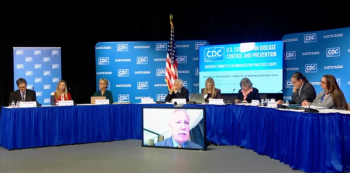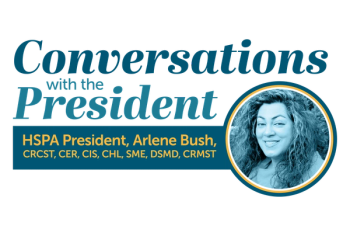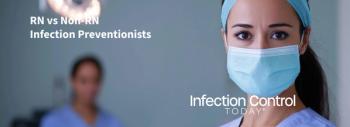
Nurses Push Back on New CDC Isolation Guidance for Health Care Workers
With an eye on Omicron and the staffing shortages, the agency shortened isolation time for those who test positive for COVID-19. Infection preventionists will need to be extra vigilant.
A nurses union charges that a change in
National Nurses United noted its concerns in a
The CDC argues that “these updates provide health care facilities with the strategies to limit the effects of staff shortages caused by COVID-19 on patient care….”
Sharon Ward-Fore, MS, MT(ASCP), CIC, FAPIC, a member of Infection Control Today®’s (ICT®’s) Editorial Advisory Board (EAB), says that the change means that infection preventionists (IPs) will have a shorter timeframe for contact tracing of health care workers who test positive for COVID-19. “Also, since high-risk exposures no longer require quarantine, I would want to keep a separate list of this category to keep my eyes on them and who they care for just in case patient cases of those already in-house start to increase. So maybe more work for IPs in that regard.”
Ward-Fore adds that “the real takeaway from this is the lack of vaccination has led us here and now HCW shortages are the payback.”
Walensky spelled out the reasoning behind the change in a
If the CDC’s focus is keeping health care workers protected, this isn’t the way to do it, says National Nurses United in a letter signed by that organization’s president, Zenei Triunfo-Cortez. “Now is not the time to relax protections,” writes Triunfo-Cortez, noting that 476 nurses are among the 4686 health care workers who’ve died in the pandemic…. Too many of us have experienced deep moral distress and injury caused by the abandonment of our health and safety by our employers and governments during the pandemic. We continue to have to fight for the workplace protections we need to care for our patients safely.”
Heather Saunders, MPH, RN, CIC, another ICT® EAB member, said that “it looks like the major change is shortening the isolation period for infected health care workers from 10 to 7 days as a baseline, conventional method. I find it interesting that that is only if they test negative, when previously we’ve said do not test for 90 days after infection. The guidance document further allows for no isolation at all of health care workers when a health care facility is experiencing a staffing crisis!”
Saunders says that IPs will need to carefully plan how they’ll prevent infection from health care workers who have COVID-19 during those staffing crises.
“One option would be having them assigned to COVID positive patients/wards and separated from non-COVID positive staff (e.g., COVID positive break room or nursing station for staff working on the COVID unit who are positive).”
Saunders says the guidance will offer some relief to understaffed health care systems, “but it doesn’t come without risk. We’ll need to have policies for how to allow COVID positive staff to work, and work safely without resulting in further transmission of COVID-19 in our health care facilities while we maintain our capacity for operations.”
Newsletter
Stay prepared and protected with Infection Control Today's newsletter, delivering essential updates, best practices, and expert insights for infection preventionists.






